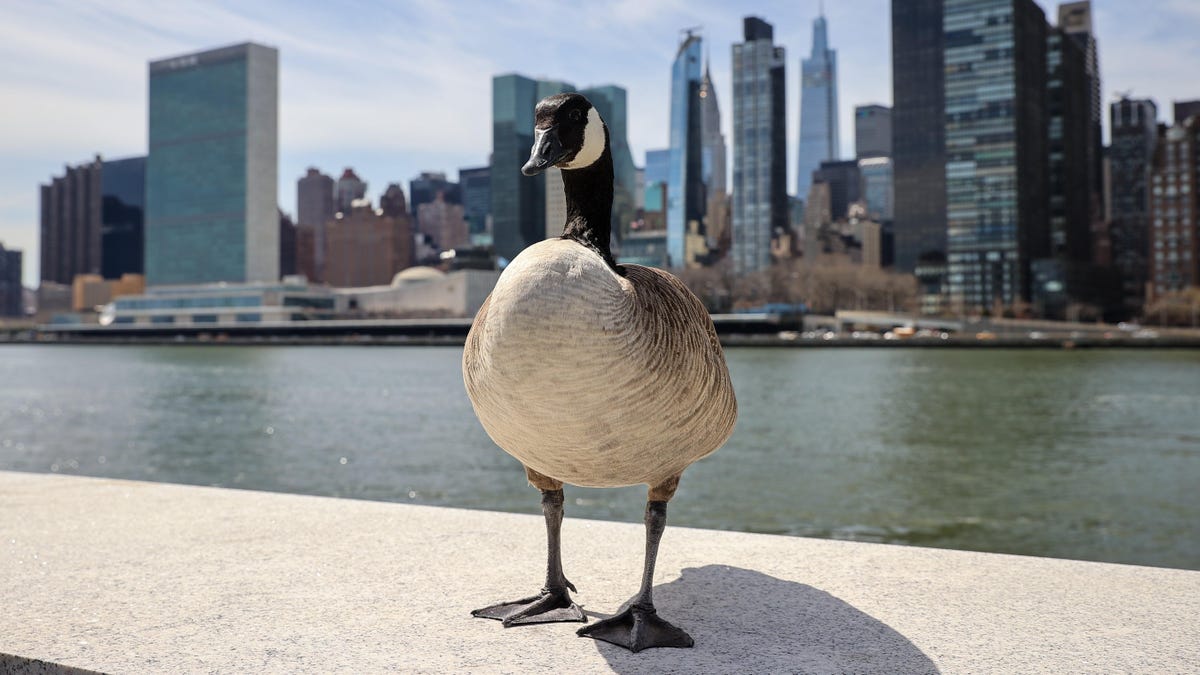Avian influenza has come for New York City’s birds. In a new study Wednesday, scientists report traces of highly pathogenic H5N1 in a small number of NYC’s wild bird population. Though this discovery may not be directly related to the ongoing outbreaks of H5N1 in U.S. dairy cattle, it’s another sign that these viruses are encroaching ever further into humanity’s path.
Is Apple’s New Slim iPad Pro Truly Crushing it?
The research, published Wednesday in the Journal of Virology, was the result of a novel collaboration between several groups: the Icahn School of Medicine at Mount Sinai, the Wild Bird Fund, and Biobus, a program that recruits high school and college students to participate in scientific research.
“To my knowledge, this is the first large-scale U.S. study of avian influenza in an urban area, and the first with active community involvement,” said study author Christine Marizzi, director of community science at Harlem’s Biobus site, in a statement from the American Society for Microbiology, publishers of the study. Marizzi is also the lead investigator of the New York City Virus Hunters (NYCVH) Program.
Many of the samples of bird poop analyzed by the researchers were collected by local high school students wearing protective gear. Other samples were provided by local animal rehabilitation centers. Students also helped the NYCVH screen for viruses in these samples.
All told, the researchers looked at nearly 2,000 fecal samples collected between January 2022 to November 2023 throughout NYC’s parks and green spaces. They found H5N1 in six birds across four different species: the Canada goose, the peregrine falcon, the domestic chicken, and the red-tailed hawk. Genetic analysis further revealed that at least two slightly different strains of H5N1 among these samples. Both strains belong to the broader 2.3.4.4.b clade of H5N1 and seem to be a mix of local North American and Eurasian lineages of the virus.
To date, no outbreaks of H5N1 have been reported on any dairy farms within New York’s borders (the state has about 3,500 farms), while the only human case linked to these outbreaks so far occurred in Texas. So the team’s findings don’t seem to be connected to the current situation in cows, nor do they necessarily indicate any immediate danger to NYC residents, the authors note.
“It is important to mention that, because we found H5N1 in city birds, this does not signal the start of a human influenza pandemic. We know that H5N1 has been around in New York City for about 2 years, and there have been no human cases reported,” Marizzi said.
But the arrival of H5N1 in New York is concerning nonetheless. The more these viruses spread among birds close to us, the more likely that some will make the jump to humans or other mammals. With enough bad luck, one of these strains could then pick up the right combination of mutations that would turn it into a fast-spreading, deadly pandemic.
So even if the latest outbreaks in cattle are successfully managed, H5N1 and other highly pathogenic avian influenza viruses will remain a constant problem that scientists such as Marizzi will have to keep a vigilant eye on. And New Yorkers should still remain careful about potentially exposing themselves to H5N1 and other animal-spread germs.
“It’s smart to stay alert and stay away from wildlife. This also includes preventing your pets from getting in close contact with wildlife,” Marizzi said.
